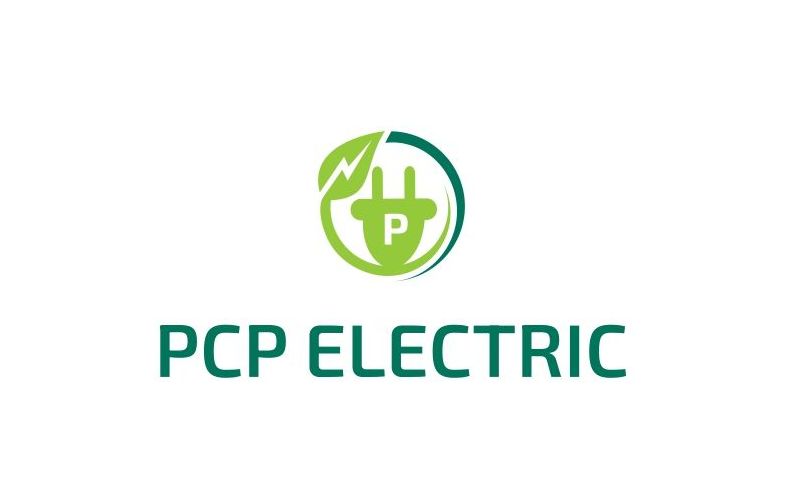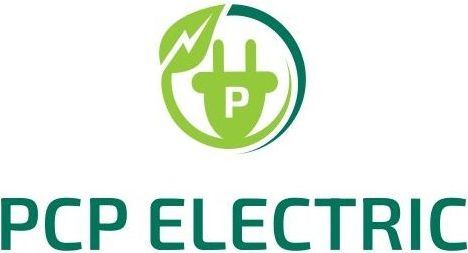Get in touch
enquiry@pcpelectric.sg
0
Customisation of Starter Panel
Customizing a starter panel involves tailoring the panel to meet specific requirements of an application, ensuring it effectively controls and protects electrical equipment. Here’s a general approach to customizing a starter panel:
1. Define Requirements:
- Application Needs: Understand the specific requirements of the equipment or processes you’re controlling. This includes motor specifications, control functions, safety features, and integration needs.
- Regulatory Compliance: Ensure the panel design adheres to relevant electrical standards and regulations.
2. Choose Components:
- Starter Type: Decide on the type of starter needed (e.g., Direct-On-Line (DOL), Star-Delta, Soft Starter, or Variable Frequency Drive (VFD)).
- Control Devices: Select control devices like push buttons, switches, and indicators that match your operational needs.
- Protection Devices: Include circuit breakers, fuses, overload relays, and other protection devices to safeguard the equipment.
- Switches and Relays: Choose switches, relays, and contactors suited to the electrical load and control requirements.
- Monitoring and Control: Incorporate meters, sensors, or remote monitoring options if needed.
3. Design the Panel Layout:
- Panel Enclosure: Select an enclosure that fits the environmental conditions (e.g., IP rating for dust and water protection).
- Component Arrangement: Design the layout for ease of access and maintenance. Position components logically to facilitate wiring and operation.
- Wiring and Terminals: Plan the wiring routes and terminal placements to minimize interference and ensure safety.
4. Integration and Automation:
- PLC Integration: If using a Programmable Logic Controller (PLC), design the panel to include necessary PLC inputs, outputs, and communication modules.
- SCADA System: For advanced control, integrate with a Supervisory Control and Data Acquisition (SCADA) system for real-time monitoring and control.
5. Safety Features:
- Emergency Stop: Include emergency stop buttons and safety interlocks to quickly shut down operations in emergencies.
- Isolation: Ensure isolation switches or devices are included for safe maintenance and repair.
- Labels and Markings: Clearly label all components, controls, and connections for easy identification and safe operation.
6. Build and Test:
- Assembly: Assemble the panel according to the design, ensuring all components are securely mounted and wired correctly.
- Testing: Perform thorough testing to verify that the panel functions correctly and meets safety standards. Check all controls, protections, and interlocks.
7. Documentation:
- Wiring Diagrams: Create detailed wiring diagrams to aid in future maintenance and troubleshooting.
- Operational Manuals: Provide manuals for operating and maintaining the panel, including troubleshooting guides and safety instructions.
8. Installation and Commissioning:
- Site Installation: Install the panel at the designated location, ensuring proper connections to power sources and equipment.
- Commissioning: Conduct final testing and adjustments to confirm the panel operates as expected in the field.
9. Ongoing Support:
- Training: Provide training for operators and maintenance personnel on using and maintaining the starter panel.
- Service Agreements: Consider service agreements for ongoing support and maintenance.
Examples of Customizations:
- Custom Control Panels: Tailored for specific machinery or processes, with controls and monitoring features customized to operational needs.
- Variable Frequency Drives (VFD) Panels: Custom panels to integrate VFDs for motor speed control and energy efficiency.
- Remote Monitoring Panels: Panels with built-in communication for remote monitoring and control via networks or the internet.
Customizing a starter panel ensures that it meets the specific needs of your application while providing safe and reliable operation. For detailed customization, working with experienced panel builders or electrical engineers can help ensure all requirements are met effectively.
Kindly contact us for your requirements.
Display prices in:
SGD

